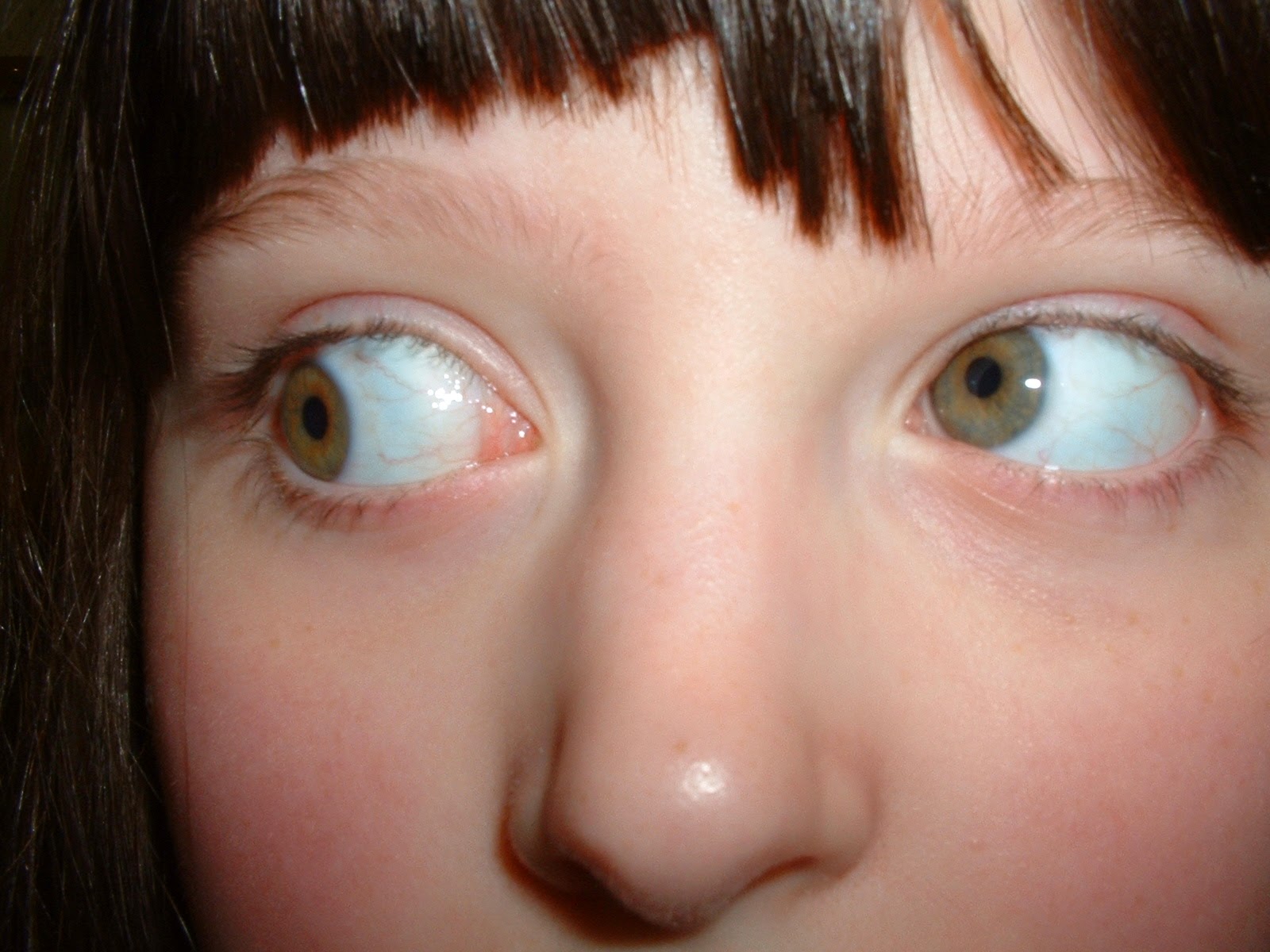This is our first strabismus rounds for this academic year.
I'll present 3 recent cases that have gone to the OR, and your job is to come
up with a surgical plan for each and submit it in the comments section. After
devising your surgical plan, you will demonstrate your ability to perform the
surgery in the wet lab. So prior to the session, pick a case and a friend or
two, go to the wet lab, and record your surgical procedure.
Case 1: This 5 year old girl has had “wandering eyes” for
the past 2 years per her mother. She seems to have a tough time refocusing,
even after multiple blinks.
 |
| http://www.cybersight.org/bins/content_page.asp?cid=1-2161-2380-2509-2522 |
Her vision is 20/20 in both eyes, with a cycloplegic refraction of +1D ou. You measure her alignment as X(T) 35 in all fields of gaze and at near. This is similar to her last exam 4 months ago. She fuses the W4D at distance and near. Her stereo has decreased from 60 to 100 to 200 over the last 6 months.
What is your surgical plan?
Case 2: This 14 year old girl has a history of frontonasal dysplasia with multiple cranial and facial reconstructive surgeries. She is concerned that her left eye goes up.
 |
| www.patooral.bravepages.com |
What is your surgical plan?
Case 3: This 64 y/o man has been having diplopia for the past 10 years, and requiring increasing prism in his glasses for the past 6 years. His doctor told him he couldn't have any more prism.
 |
| http://shermaneye.com/wp-content/uploads/2014/08/AdultStrabPre-O1-300x216.jpg |
His acuity is 20/25 in both eyes with minimal astigmatic correction and 10∆ BO ou. He has 1+NS, but an otherwise unremarkable exam.
Ocular rotations are full, and he measures ET 25 in all fields of gaze.
What is your surgical plan?









